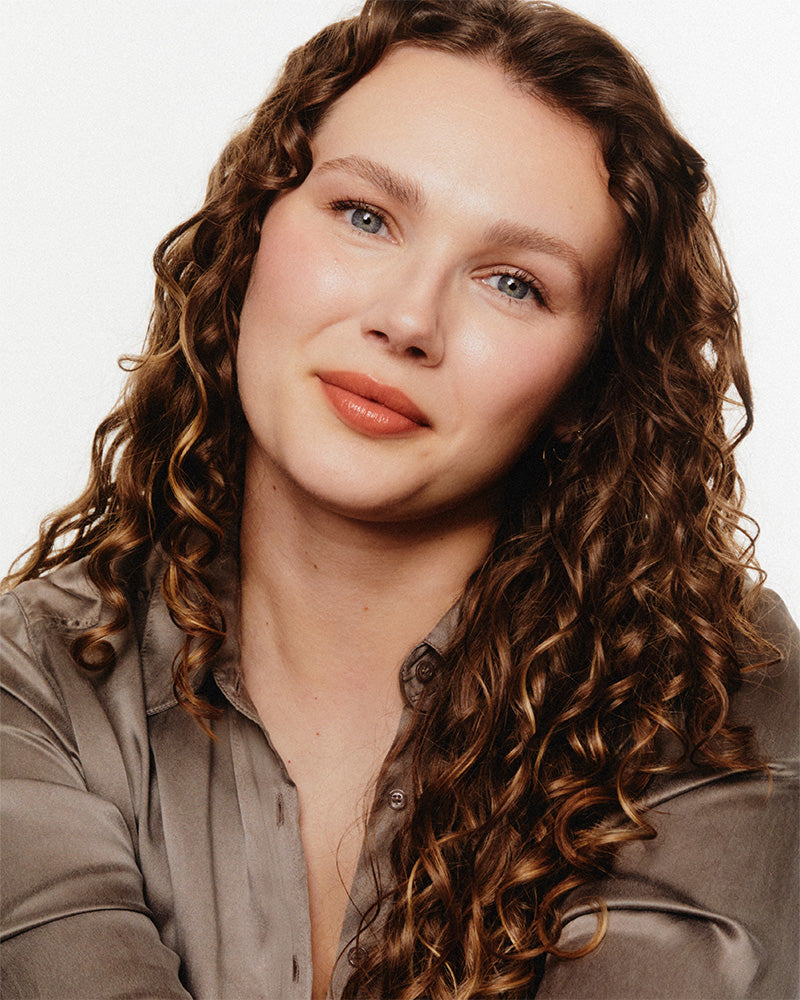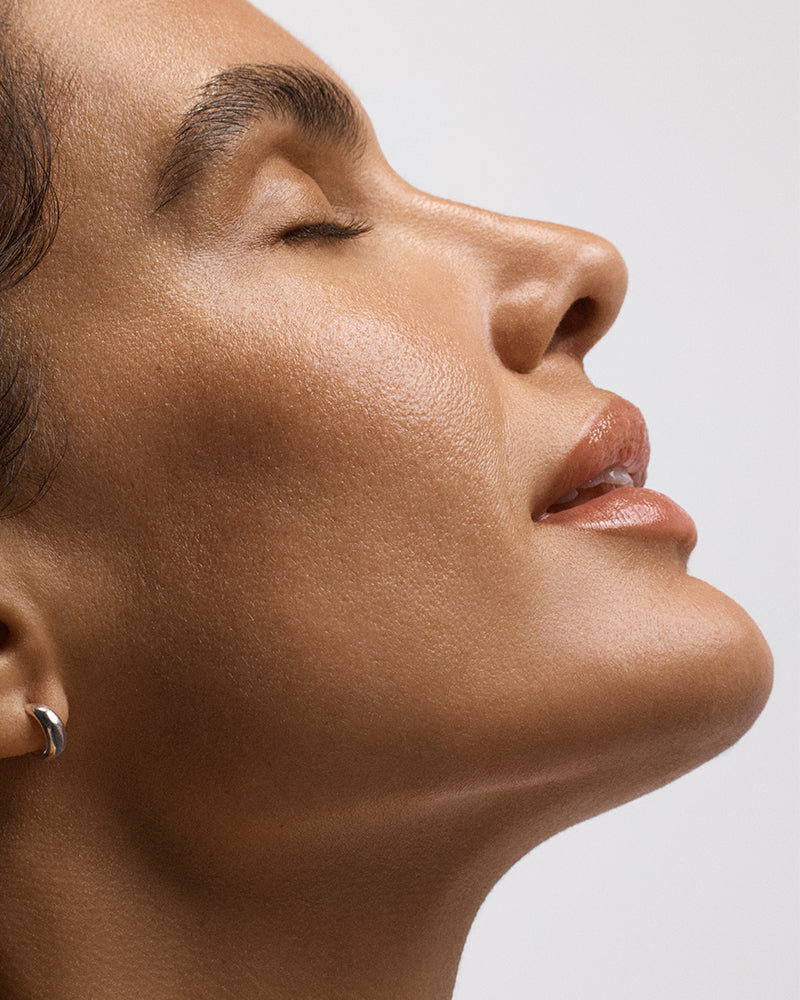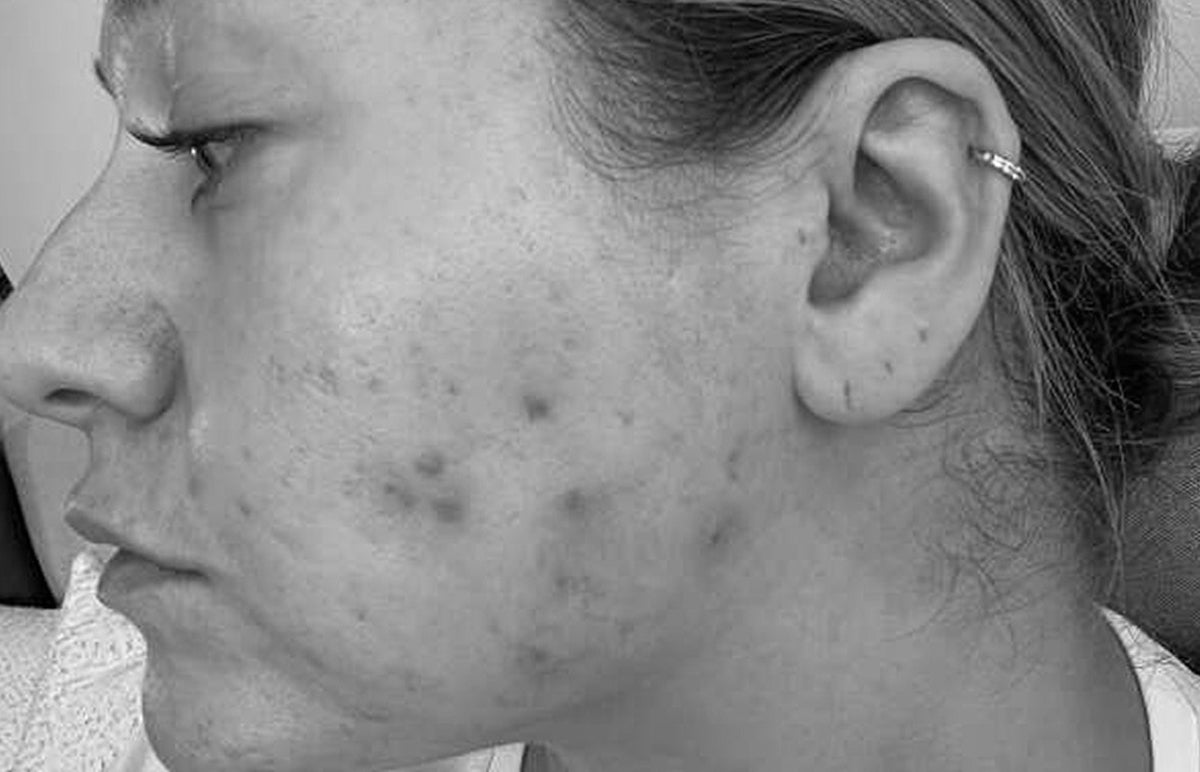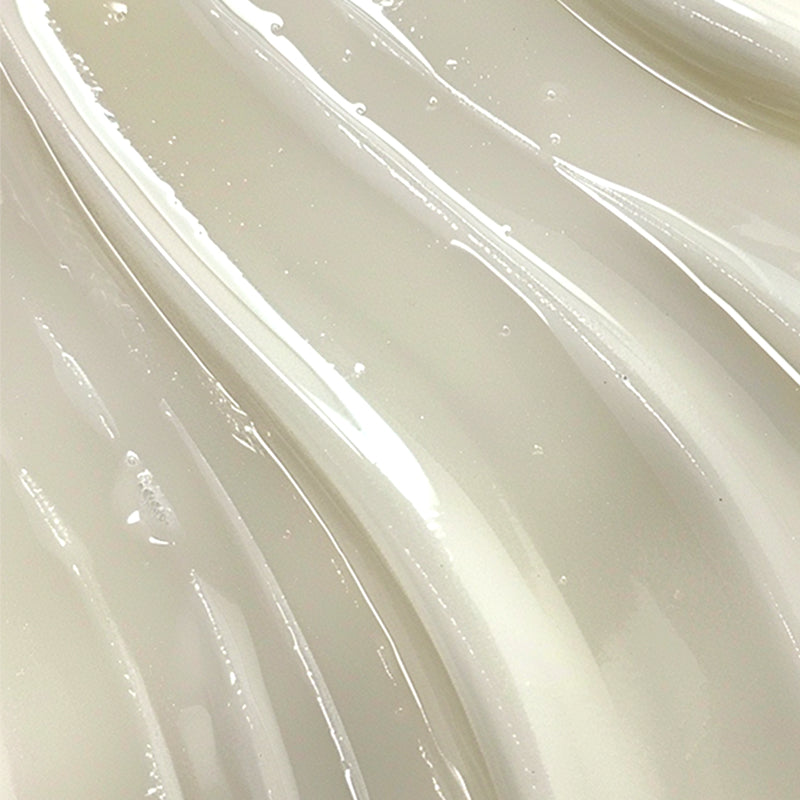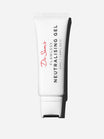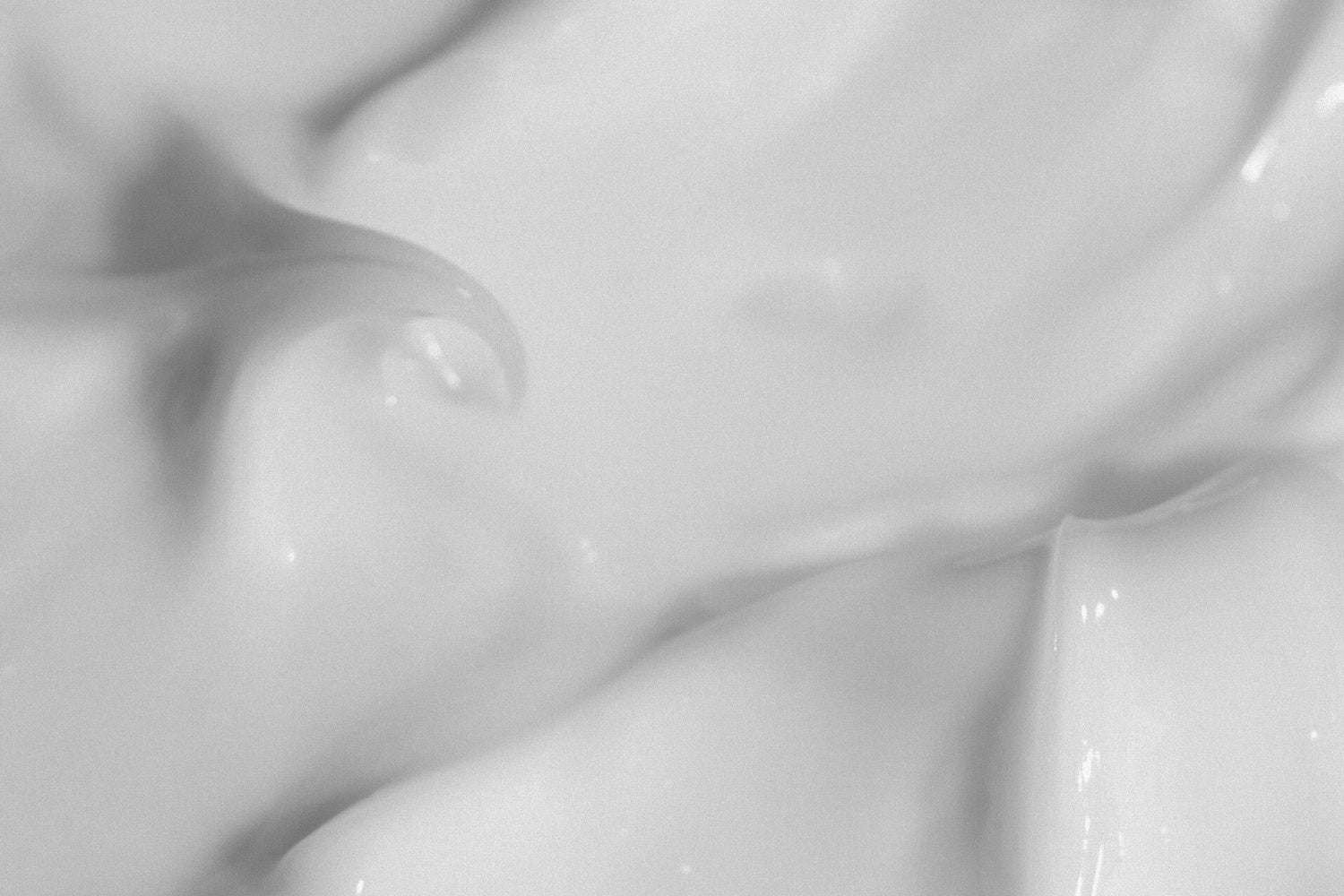When we think about the skincare basics, moisturiser is an essential step. Whatever your skin type, it can be confusing choosing the best one for you and understanding the right way to use it. Lotion. Cream. Gel. Slugging??? How do you choose? So in today’s blog, I’m deconstructing the humble moisturiser so you’re equipped with all you need to keep skin hydrated.
Do I need to moisturise my skin?
In short, yes! As we go about our daily activities water is constantly evaporating away from the surface of our skin. That’s a problem - as our skin is constantly renewing and we eliminate our old, dead skin cells using exfoliating enzymes that are water-dependent. Not enough water and these don’t work, leading to a disrupted barrier as dead skin cells stack up and the stratum corneum no longer does its protective job effectively. By using a well-formulated moisturiser we can lock water in and prevent that from happening. Pleasingly, this also makes skin look and feel smooth.
Our skin’s needs fluctuate in relation to our environment both internally and externally - seasonal weather changes, your menstrual cycle, whether you’ve just got off a plane… all of these things and more can impact skin hydration so our moisturising habits need to be just as responsive. That’s where a fine-tuned formula comes in. So lets dig deep into the ingredients that matter when to comes to customising your hydration.
The moisturising agents categories to know are occlusives, humectants, emollients and barrier repair ingredients which all benefit the skin in different ways.
What Is An Occlusive?
Occlusive ingredients form a water-impermeable layer on top of the skin. Similar to cling film covering food in the fridge, occlusives sit on top of the skin like a sealant to stop water from evaporating away. The quintessential occlusive is petroleum, found in Vaseline or Aquaphor. Whilst it seals in water extremely well, it’s not cosmetically pleasing to use as it’s very greasy.
Luckily, newer formulations showcase more sophisticated occlusives that feel better on the skin but still deliver the same function - consider silicones, shea butter and squalane instead.
What Is A Humectant?
Humectants are water-loving ingredients that attract water into the skin from either the atmosphere or the deeper layers of the skin. If you live in a humid climate, that works well as there’s plenty of moisture in the air for your skin to attract and water will be drawn into the skin. However if you live somewhere less humid, such as the UK, your skin will be dragging up water from the deeper layers of the skin as there’s none in the air to attract. This means that they need to be partnered with occlusives in order to avoid water evaporating into the air, stealing your skin’s supplies!
Common humectants include glycerin and hyaluronic acid which is naturally occurring in our skin, giving our dermis a nice, bouncy youthfulness. Lactic acid is another stellar humectant which occurs naturally - and as an added bonus it’s a gentle exfoliant.
What Is An Emollient?
Emollients are commonly used in moisturisers to help soften and smooth the skin’s surface. If you look at our skin cells under a microscope, as they get drier, the edges curl up and create the roughness and texture you can often feel. Emollients smooth those edges down to make everything look and feel better.
Your moisturiser can be boosted further with barrier-repair ingredients that help to undo some of the damage that occurs during water exposure and cleansing. Niacinamide and ceramides are most commonly used which help restore and fortify the skin to be able to retain more water.
Can you use the same moisturiser in the morning as in the evening?
There are no fundamental differences in the needs of the skin in the morning versus the evening when it comes to hydration. However, you may prefer a different look and feel in the daytime rather than at night. For example, at night, you can slather on product and be as greasy and shiny as you like because you're not putting makeup on or going out. Your PM moisturiser might be about function whereas, during the day, it’s about the skin finish s and how easily it layers with SPF and makeup.
The other thing to consider is your use of active ingredients, like retinoids. I find it beneficial to have 2 different moisturisers on hand. For “bad days” when your skin is drier or your skin is less tolerant of active ingredients, opt for something like Flawless Moisturiser which is richer and more nourishing to help balance any irritancy. On a “good day”, when your skin is naturally more hydrated and calm, reach for something lighter. Flawless Moisturiser Light works perfectly for this.
Do I need a separate SPF and moisturiser?
I’m a splitter. That means I recommend using a separate broad-spectrum SPF, as you’ll find this is the best way to get substantial UVA protection which is what we need from our daily sunscreen habit. Moisturisers with SPF often have UVB with little to no UVA protection - not much use. This then allows you to use your moisturiser just where it’s needed. For the many of you with combination skin, this means you can be generous over the cheeks and leave that oily t-zone alone. For me personally, I'll apply Flawless Daily Sunscreen all over but use Flawless Moisturiser only where my skin is drier such as around my eyes, cheeks and chin, where retinoids can leave me a little dry.
Fundamentally, there are a plethora of moisturisers on the market - your mission is to find the one with the right blend of ingredients to deliver long-lasting hydration with the right skin finish for your taste. It’s an important step because it delivers comfort in its own right - but the right one will also allow you to explore the world of active ingredients with confidence as they balance your barrier.

